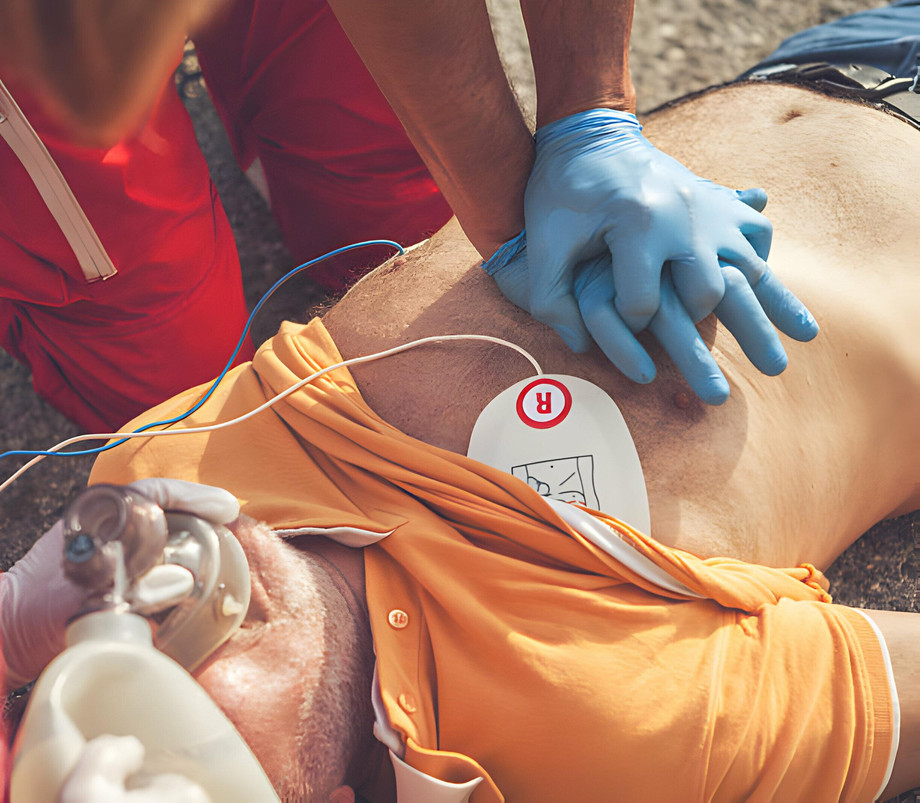Comparing temporary pacemakers and permanent pacemakers reveals distinct differences in their indications, features, and applications in cardiac care. Here's a comparative analysis of these two types of pacemakers:
-
Indications:
- Temporary Pacemakers: Temporary pacemakers are typically used in acute or transient situations, such as acute myocardial infarction, postoperative bradycardia, or drug-induced arrhythmias. They provide short-term support until the underlying cause resolves or until a permanent pacing solution can be implemented.
- Permanent Pacemakers: Permanent pacemakers are indicated for patients with chronic or persistent bradycardia, heart block, or certain types of arrhythmias that require long-term pacing support. These devices are implanted surgically and provide continuous pacing therapy for extended periods.
-
Implantation Procedure:
- Temporary Pacemakers: Temporary pacemakers are typically inserted in a minimally invasive manner, either transvenously through a central venous access site or epicardially during open-heart surgery. The procedure is relatively quick and reversible, allowing for rapid initiation of pacing support.
- Permanent Pacemakers: Permanent pacemakers require a surgical procedure for implantation, typically performed under local anesthesia with sedation or general anesthesia. The device is implanted subcutaneously, with leads placed within the heart chambers through a vein or directly onto the heart's surface during surgery.
-
Device Features:
- Temporary Pacemakers: Temporary pacemakers are often simpler in design compared to permanent pacemakers. They typically consist of a pulse generator and leads for delivering electrical impulses to the heart. Advanced features such as rate responsiveness or programmable settings may be available depending on the device model.
- Permanent Pacemakers: Permanent pacemakers offer a wide range of features and programmable settings to tailor pacing therapy to the individual patient's needs. They may include rate-adaptive pacing, atrial-based pacing algorithms, diagnostic capabilities, and remote monitoring functionalities.
-
Duration of Use:
- Temporary Pacemakers: Temporary pacemakers are used for short-term support, ranging from hours to days or weeks, depending on the clinical scenario. Once the underlying condition resolves or a permanent pacemaker is implanted, the temporary device is removed.
- Permanent Pacemakers: Permanent pacemakers are designed for long-term use, with battery longevity ranging from several years to over a decade. These devices provide continuous pacing support, and periodic follow-up visits are required for monitoring and programming adjustments.
-
Complications:
- Temporary Pacemakers: Complications associated with temporary pacemakers may include lead dislodgement, infection at the insertion site, venous thrombosis, or perforation of cardiac structures. However, these complications are typically less common compared to permanent pacemakers.
- Permanent Pacemakers: Permanent pacemaker implantation carries risks such as infection, lead malfunction, device migration, pneumothorax (injury to the lung), or erosion of the device through the skin. These complications may necessitate device revision or replacement over time.

